Цифровой инжиниринг
Увеличиваем производительность компании, ищем и оптимизируем узкие места в производстве, логистике и бизнес-процессах, разрабатываем технологические решения
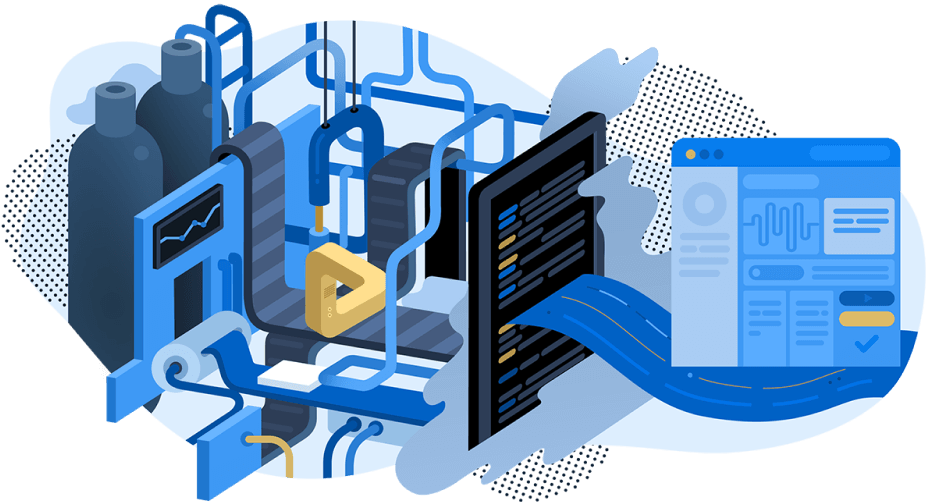
Помогли компаниям стать эффективнее с помощью IT
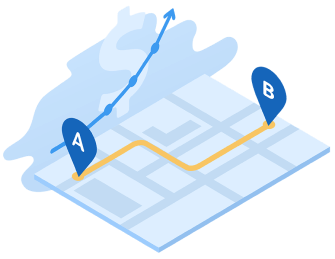
с 700 до 3500 заказов в день
Стала обслуживать доставка после внедрения.
Компания которая занимается доставкой увеличили количество выполняемых заказов без найма дополнительного персонала, разработали построение наиболее эффективных маршрутов с учётом состояния на дорогах, автоматизировали работу логиста.
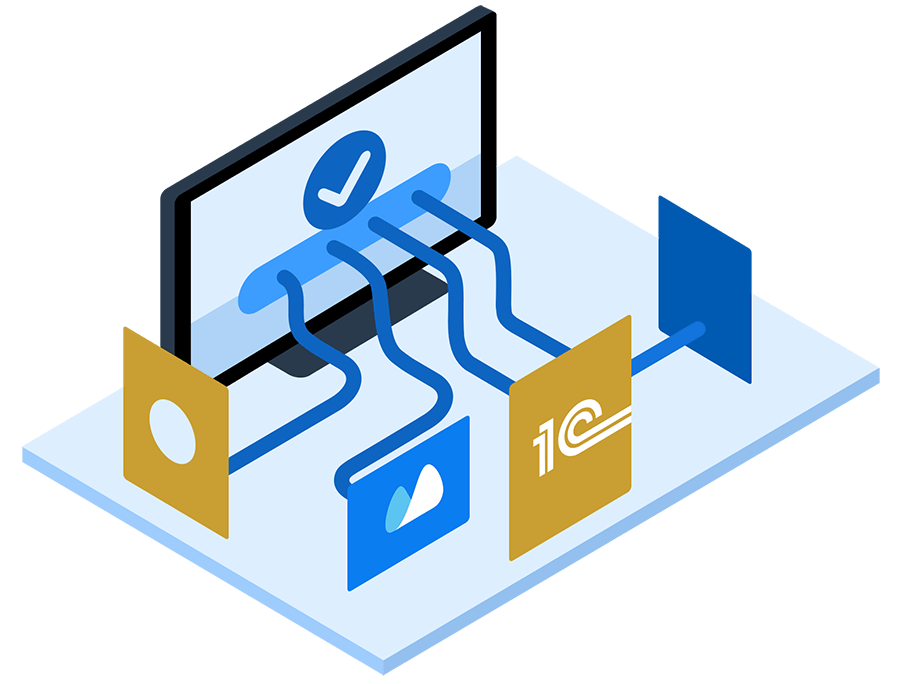
с 0,7 ₽ до 1,27 ₽
Стал приносить каждый вложенный в производство рубль!
Помогли поднять продажи товара, проанализировали данные со всех информационных источников: 1С, МойСклад, расчетных таблиц. Программа сама составляет прогноз на основе данных.
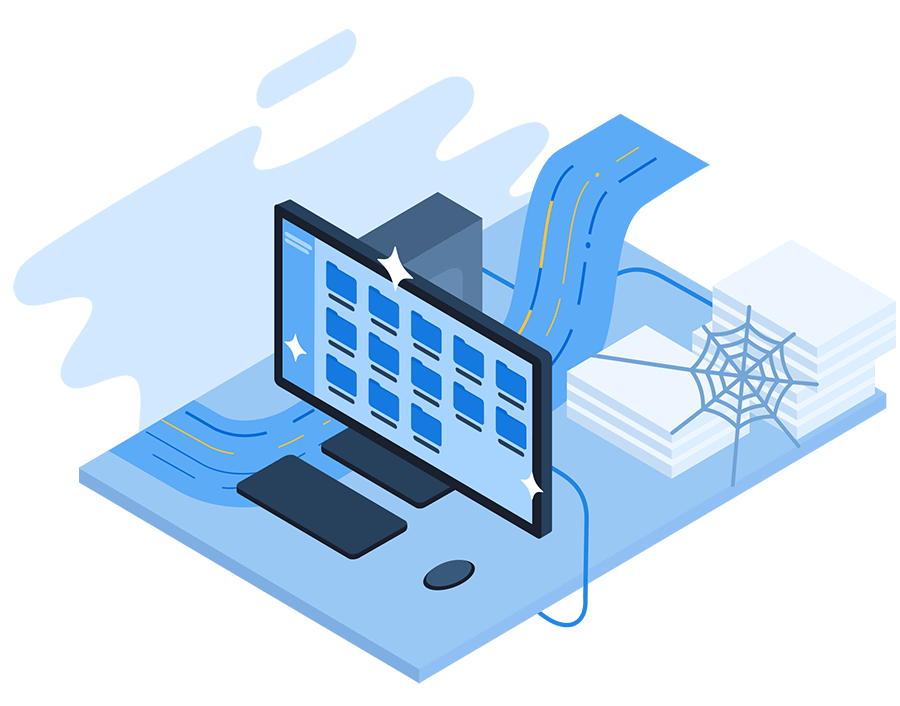
Создали единое информационное поле
Производителям создали систему планирования своевременной закупки материалов для выполнения ожидаемых заказов и деталей для плановой замены станков, объединив в единую информационную систему бухгалтерию, склад и производственную линию
Мы «приходим» в компанию, анализируем ваши бизнес-процессы, находим наиболее проблемные места и предлагаем с ними справиться с помощью цифровых технологий, а не классических советов вроде найма большего количества сотрудников и открытия дополнительных торговых точек.
Мы сами работаем по принципам цифрового инжиниринга внедрили в систему управления персоналом и финансовой деятельностью.
Польза в эффективном решении проблем:
— улучшении качества сервиса;
— продаже неликвидных товаров;
— сокращении срока оборачиваемости вложенных средств;
— снижении общих затрат;
Сколько это стоит и как платить?
Мы подходим гибко к каждому клиенту и составляем коммерческое предложение. Порог старта который стоит обсуждать от 1 млн., руб.
Если вы заложите на эту услугу 25 млн. ₽, то сможете оформить субсидию в фонде развития промышленности . В некоторых случаях она достигает 50%.
Сколько тратят на ЦИ другие компании
Сбербанк
Газпром
Тинькофф
01
Анализ
Погружение в работу и бизнес-процессы компании
Мы погружаемся в работу компании: изучаем что происходит, какие существуют бизнес-процессы, разбираемся кто за что отвечает, ищем проблемные места, о которые все спотыкаются, задаём много вопросов. Обычно на это уходит от 1 месяца до 3.
Часто компании может не хватать простого и детального описания бизнес-процессов. Это самая очевидная польза
Часто компании может не хватать простого и детального описания бизнес-процессов. Это самая очевидная польза
02
Проблема и решение
Выявление проблемы и поиски решения
По результатам первого этапа находим решение, которое принесёт ощутимый эффект для компании. Типичная проблема любой коммерческой компании — в разрозненности всех получаемых данных и непонимании полной картины бизнес-процессов.
Потому что:
- процессы устарели, и все их делают, потому что привыкли;
- сотрудники дублируют деятельность друг друга;
- иногда один сотрудник забирает на себя много задач и не справляется;
- упустили большой заказ, потому что не хватило текущей мощности и не знали, что с этим можно сделать;
- просто не ясно, как можно делать ещё лучше.
03
Пилот
Запуск пилотного решения
На этом этапе мы тестируем наше решение и проверяем его работоспособность. Это необходимый шаг, который нужен для подтверждения правильности выбранного решения и планирования следующего этапа в реальных условиях. Если всё в порядке — продолжаем интеграцию, если появляются сложности или решение вообще не работает — исправляем решение с минимальными затратами для компании.
- процессы такие давние, что все их делают, потому что привыкли;
- сотрудники дублируют деятельность друг друга;
- иногда один сотрудник забирает на себя много задач и не справляется;
- упустили большой заказ, потому что не хватило текущей мощности и не знали, что с этим можно сделать;
- просто не ясно, как можно делать ещё лучше.
04
Оптимизация
Внедрение и оптимизация на всё производстве
На основании предыдущей работы предлагаем следующий этап по оптимизации.
Работа оплачивается и планируется поэтапно, поэтому, если, к примеру, после второго этапа вы понимаете, что дальше работу можно не делать — вы платите за сделанную работу, и всё.
На протяжении всей работы за вами прикреплен персональный менеджер, который держит вас в курсе и всегда на связи.
Какой должна быть моя компания?
Чтобы к ней можно было применить цифровой инжиниринг?
Первое
Действующим предприятием, с большими массивами данных, логистикой и разрозненными бизнес-процессами.
Второе
Представляющими средний, малый и микробизнес
Третье
У вас всё хорошо, но вы хотите качественно вырасти из малого бизнеса. Для этого вам нужно минимум 50 сотрудников и оборот 150 млн. ₽ в год
Четвёртое
Вы хотите масштабировать бизнес в другие города.
Большой завод, изготавливающий по 10 000 деталей в день. Потому что у него и так есть отдел специально обученных людей.
Компания в кризисе, долгах и огне. Не поможем, потому что цифровой инжиниринг — это не антикризисная программа, а специальный увеличитель пользы, который работает, когда на это есть деньги.
Овощной ларёк. Потому что затраты на нашу работу будут больше возможной пользы.
Доставка, которая развозит по 20-30 заказов в день. Потому что цифровой инжиниринг — дорого и вместо него подойдут типовые решения.
Завод с небольшим менеджерским составом, где все основные решения принимает директор.
Компания на плато, которая выдает стабильный результат, но хочется роста и на это есть деньги.
Сеть из 50-ти ларьков, со складами, большим ассортиментом и выстроенной логистикой.
Логистические компании, доставляющие по 1 500 заказов в день.
Объединяем все сервисы в единую информационную систему
Объединяем все сервисы в единую информационную систему. Это когда все сервисы компании (1С Бухгалтерия, сайт на Битриксе, эксели) работают в одном цифровом пространстве. По умолчанию они не связаны друг с другом. Бухгалтерия работает со своей информацией, за эксели отвечает некий специалист, кладовщики — в своем мире, за техобслуживание автомобилей отвечает механик. Мы делаем так, чтобы информация собиралась в одну систему, так с ней уже можно работать.
Дальше к этой системе подключаем модули финансового планирования, логистики и принятия решений. Модули — это программы, которые анализируют всю входящую информацию: сезонность, историю производства, продаж, планового ремонта, вероятных ошибок — и на основе строят план предприятия, маршруты доставки и предсказывают риски и варианты решения.
Пишем приложения, создаем приборы
Пишем приложения, создаем приборы. Мы пишем программы, которые помогают решать задачу.
Например, компании доставки написали 2 типа приложений: для экипажей и клиентов. Экипажи смотрят маршрут, видят дальнейшие заказы, статистику, могут принимать оплату прямо через приложение. Клиент — заказывает товар, видит прогнозируемое время доставки и может оплатить картой через смартфон доставщика.Помимо этого мы создаем необходимые приборы и сенсоры. Но, если оказывается, что на рынке уже есть более дешевый аналог — мы посоветуем взять его. Подробнее об этом в статье про проекты под ключ.
Создаем цифровой двойник предприятия
Создаем цифровой двойник предприятия. Это виртуальные копии производственных линий, которые предсказывают более точный и эффективный прогноз деятельности и помогают сэкономить деньги. Например, они могут смоделировать, что произойдет, если увеличить выпуск продукции на линии или изменить технологическую цепочку. Это возможно благодаря обработке данных, которые собираются из программ финансов и планирования, датчиков на станках и камер на рабочих местах.
Объединяем все сервисы в единую информационную систему. Это когда все сервисы компании (1С Бухгалтерия, сайт на Битриксе, эксели) работают в одном цифровом пространстве. По умолчанию они не связаны друг с другом. Бухгалтерия работает со своей информацией, за эксели отвечает некий специалист, кладовщики — в своем мире, за техобслуживание автомобилей отвечает механик. Мы делаем так, чтобы информация собиралась в одну систему, так с ней уже можно работать.
Дальше к этой системе подключаем модули финансового планирования, логистики и принятия решений. Модули — это программы, которые анализируют всю входящую информацию: сезонность, историю производства, продаж, планового ремонта, вероятных ошибок — и на основе строят план предприятия, маршруты доставки и предсказывают риски и варианты решения.
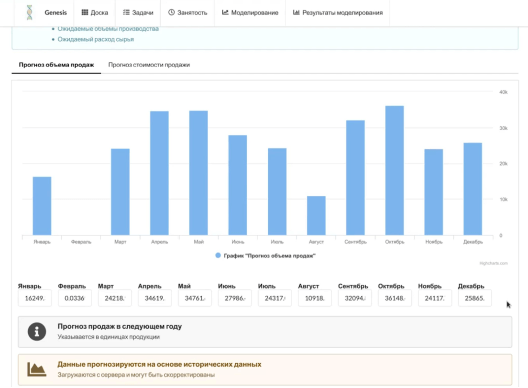
Прогноз объема продаж, построенный на данных предыдущих лет
Мы разработали три модуля и они похожи на отделы компании:
- финансовый — прогнозирует денежные траты и поступления на основе истории и текущего состояния рынка;
- логистический — строит оптимальные маршруты для доставки;
- модуль принятия решения — реагирует на события и предсказывает вероятный исход, в зависимости от выбранного решения или ситуации на рынке.
Например, вы директор компании по производству пищевой плёнки. Мы подключаем все сервисы в одну систему, к ним модули, модули анализируют данные и строят финансовый прогноз на год. Из него становится ясно, что все предыдущие 5 лет в мае у вас заказывали в 3 раза больше продукции, чем обычно, но компания с этим не справлялась и набирала больше, чем может выдать к нужному сроку.
С высокой вероятностью, ситуация повторится и в этом году, а значит — это узкое место и над ним нужно поработать: заранее заказать сырье, найти дополнительных сотрудников и позаботиться о том, чтобы станки не вышли из строя в неподходящий момент.
Так модули формируют задачи для закупщиков, отдела кадров, кладовщиков и так далее, а вы, как руководитель компании, принимаете финальное решение. Если же обещанного пика заказов не происходит (вероятность всегда есть), модуль принятия решения помогает выйти из ситуации с наменьшими потерями.
